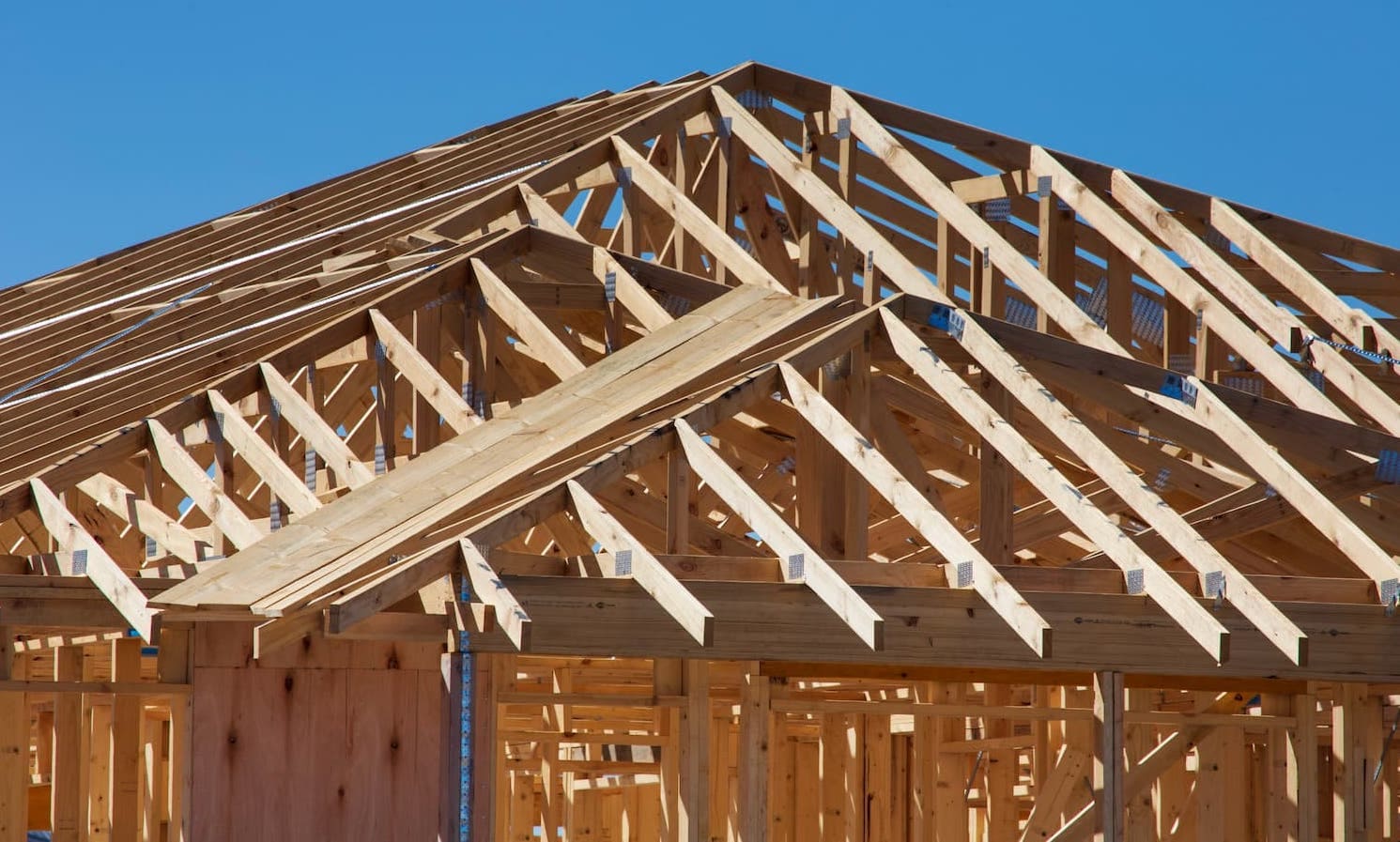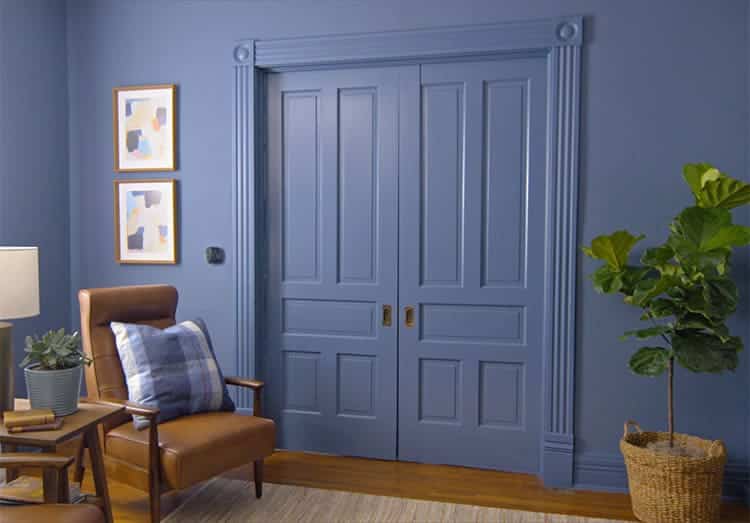Introduction
In the realm of construction and architecture, the use of light wood framing has become a pivotal technique, revolutionizing the way we build structures. This article delves into the intricacies of light wood framing, exploring its benefits, applications, and the key reasons why it stands out as a preferred choice in the construction industry.
Understanding Light Wood Framing
Light wood framing involves the use of engineered wood products to create a structural framework for buildings. Contrary to traditional heavy timber framing, this modern method utilizes a variety of engineered wood products such as plywood, oriented strand board (OSB), and laminated veneer lumber (LVL). These materials are carefully selected and combined to provide an efficient and cost-effective solution for building sturdy and durable structures.
Advantages of Light Wood Framing
1. Cost-Effectiveness
One of the primary advantages of light wood framing is its cost-effectiveness. Engineered wood products are generally more affordable than traditional materials, reducing construction costs without compromising structural integrity.
2. Versatility
Light wood framing offers unparalleled versatility in design and construction. Its adaptability allows architects and builders to create intricate designs, making it a preferred choice for both residential and commercial projects.
3. Sustainability
In an era where sustainability is paramount, light wood framing emerges as an environmentally friendly choice. Engineered wood products are often sourced from sustainably managed forests, contributing to a greener and more sustainable construction industry.
Applications of Light Wood Framing
Residential Construction
Light wood framing is extensively used in residential construction due to its ease of handling and flexibility in design. The speed of construction is also enhanced, making it an attractive option for homeowners seeking a quick and efficient building process.
Commercial Structures
The versatility of light wood framing extends to commercial structures, where its adaptability facilitates the construction of large, open spaces. This makes it an ideal choice for offices, retail spaces, and other commercial developments.
Key Considerations in Light Wood Framing
1. Structural Design
A critical aspect of light wood framing is the structural design. Professional engineers carefully design the framing to ensure it meets all safety and building code requirements. This meticulous approach guarantees the longevity and stability of the structure.
2. Moisture Resistance
While wood is susceptible to moisture, engineered wood products used in light wood framing are treat to enhance moisture resistance. This feature ensures the durability of the framing, even in humid or wet conditions.
3. Fire Resistance
Concerns about fire safety are address through the use of fire-resistant coatings and treatments. This ensures that light wood framing meets or exceeds the required fire safety standards, providing peace of mind for occupants.
Conclusion
In conclusion, light wood framing stands as a testament to the evolution of construction techniques, offering a blend of affordability, sustainability, and versatility. As architects and builders continue to embrace this method, it is clear that light wood framing is not just a trend but a lasting solution for crafting structures that leave a lasting impression.





